Latent Semantic Indexing – Does It Help SEO?
Latent Semantic Indexing (LSI) and Latent Semantic Analysis (LSA) are techniques in natural language processing to analyze relationships between a set of documents and the terms they contain by producing a set of concepts related to the documents and terms.

I thought it might be helpful to explore the concept of Latent Semantic Indexing and its impact on Search Engine Optimization(SEO). If you research Search Enginge Optimization Techniques you are likely to come across some articles on Latent Semantic Indexing (LSI) or Latent Semantic Analysis (LSA). There is some debate on the effectiveness of creating content designed to appeal to LSI algorithms to improve organic search results placement. My position is that by understanding LSI / LSA you are able to create better content, regardless of whether it improves organic search results on Google, Bing, etc.
What Is Latent Semantic Indexing?
In simple terms, Latent Semantic Indexing allows a search engine to include pages with the text “Home For Sale” in the search results for the search term “House For Sale.” That is because “Home” and “House” are related terms. LSI is a technique that reveals underlying concepts of content by means of synonyms and related words. It is basically using data correlation to find related terms. (see article: A Primer On Data Correlation For Marketers). Latent Semantic Indexing finds hidden (latent) relationships between words (semantics) in order to improve information understanding (indexing).
Latent Semantic Indexing As SEO Strategy
It has been suggested that using synonyms and related terms in optimized website content could help a search engine better understand the content and rank it higher in search results. The idea is to take your target keywords or search term and indentify a list of “LSI Keywords” to include in the content.
Search engines attempt to understand the context of any piece of content they index. The field of semantics (the study of meaning in language) is a fundamental part of this approach.
While it is believed that search engines relied heavily on LSI in the early stages of their development, there is no evidence that the Google and Bing rely heavily on it now.
Why Condisder LSI As Part Of Your Content Strategy?
My opinion is that you should focus on creating good quality content on website vs. trying to game Google or Bing with optimization techniques. As part of my content strategies, I use a basic understand of Latent Semantic Analysis to create better content. Different people may use different terms to describe the same topic, and by including these related terms it can make the content more relevent to the reader. I also use LSA to make sure I am not overusing the primary keywords or search term. I use LSA to come up with derivative articles that are related to the primary article. An effective SEO strategy should also include relevant backlinks, relevant alt tags, etc.
In summary, I am not convinced that using Latent Semantic Analysis will improve your search rankings, but I feel it can improve your content.

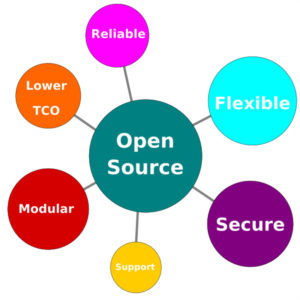 There are variety of good reasons to use open source technology when creating solutions for your business.
There are variety of good reasons to use open source technology when creating solutions for your business.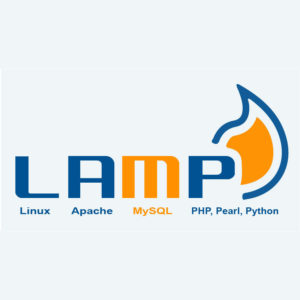 LAMP is an acronym for “Linux, Apache, MySQL, Perl/PHP/Python”.
LAMP is an acronym for “Linux, Apache, MySQL, Perl/PHP/Python”. Linux is a family of free and open-source software operating systems built around the Linux kernel. The development of Linux is one of the most prominent examples of free and open-source software collaboration. The underlying source code may be used, modified and distributed—commercially or non-commercially—by anyone under the terms of its respective licenses, such as the GNU General Public License.
Linux is a family of free and open-source software operating systems built around the Linux kernel. The development of Linux is one of the most prominent examples of free and open-source software collaboration. The underlying source code may be used, modified and distributed—commercially or non-commercially—by anyone under the terms of its respective licenses, such as the GNU General Public License.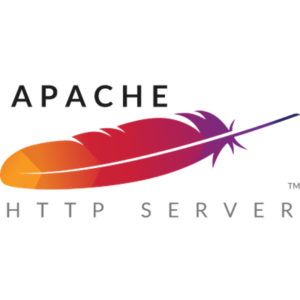 The Apache HTTP Server, typically called simply “Apache”, is a free and open-source cross-platform web server. Apache is the most widely used web server. As of March 2018, the Apache web server was estimated to serve 43% of all active websites and 37% of the top million websites.
The Apache HTTP Server, typically called simply “Apache”, is a free and open-source cross-platform web server. Apache is the most widely used web server. As of March 2018, the Apache web server was estimated to serve 43% of all active websites and 37% of the top million websites.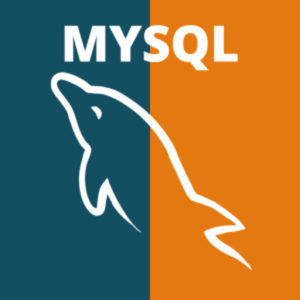 MySQL is an open-source relational database management system (RDBMS). MySQL is a central component of the LAMP open-source web application software stack (and other “AMP” stacks). LAMP is an acronym for “Linux, Apache, MySQL, Perl/PHP/Python”.
MySQL is an open-source relational database management system (RDBMS). MySQL is a central component of the LAMP open-source web application software stack (and other “AMP” stacks). LAMP is an acronym for “Linux, Apache, MySQL, Perl/PHP/Python”. PHP: Hypertext Preprocessor (or simply PHP) is a server-side scripting language designed for Web development, but also used as a general-purpose programming language.
PHP: Hypertext Preprocessor (or simply PHP) is a server-side scripting language designed for Web development, but also used as a general-purpose programming language.
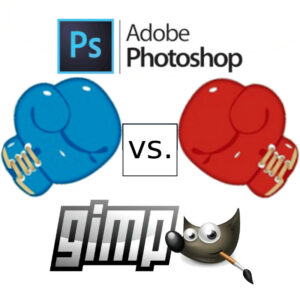


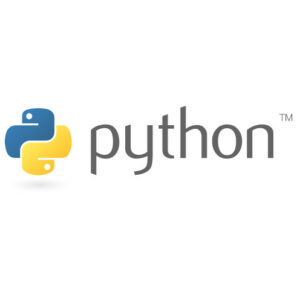
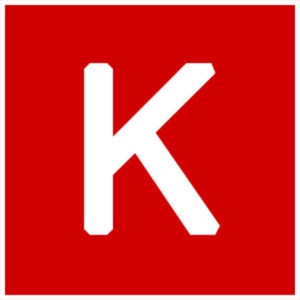


Recent Comments